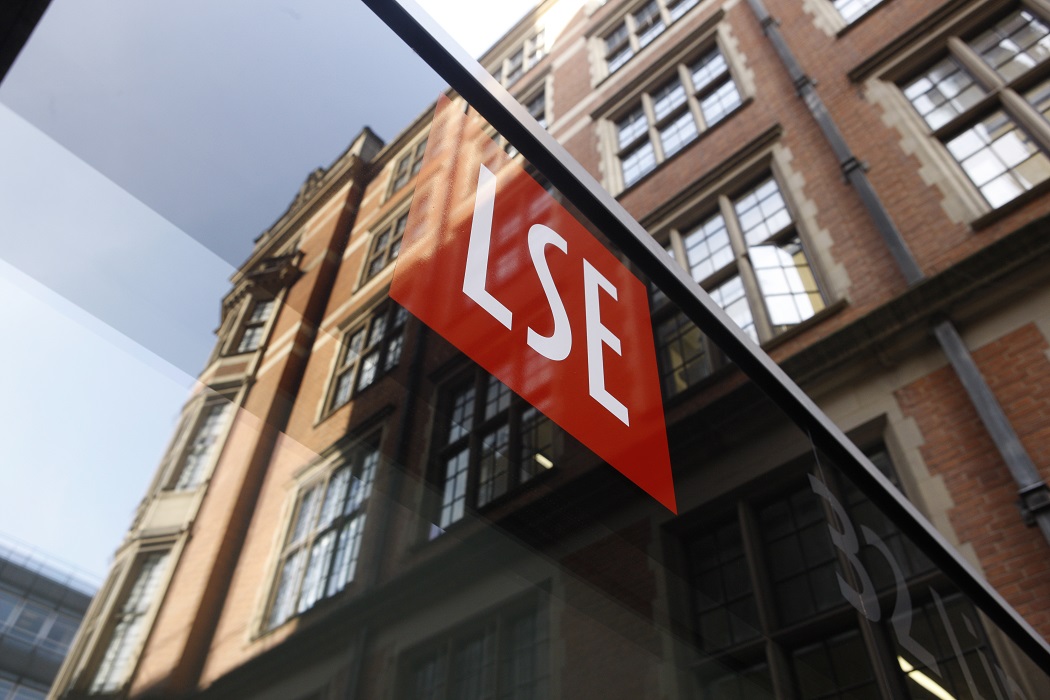
This is the text of a speech to a gathering of global journalism education leaders at the 80th anniversary conference of Fudan University, Shanghai.
JOURNALISM EDUCATION FOR A NETWORKED MEDIA
This media change is manifested differently in different media markets. In America and much of Europe it is a crisis of the conventional media business model. In other regions it is a period of rapid expansion and development. I will argue that while there is cultural and economic diversity, there are common if not universal factors: the growth in education, the role of new technologies and the spreading of economic liberalism. There are also comparable changes in the nature of news.
“The social media revolution is all about the separation of information from its means of distribution”[Prof David Campbell Durham University]
- Public participation: bloggers, online video, file-sharing, user-generated content, but also crowd-sourcing. The citizen is now involved in the production of news at every stage. They can work with professional journalists or they can do it by themselves.
- Connectivity: everything is hyperlinked, people can share, distribute, get information directly, buisness or government can communicate directly with citizens who can connect with each other. So instead of linear dissemination we have complex networks and interlinked data flows.

Pamoja FM: My first example is not very high tech and is from Kibera slum in Nairobi, Kenya which I visited last year for research. This community radio station run by volunteers but trained by a former professional journalist enhances its work with mobile phones. The growth of mobile telephony in Africa is far faster than elsewhere and is transforming news media. For Pamoja it allows them to news gather across their sprawling community. And it allows the listener to send in ideas, stories and to respond to what they hear. It becomes participatory. So when riots tore that community apart after the disputed elections, Pamoja was much better connected to the community and took a much more responsible attitude than some of its more commercial-minded stations that lacked the same connectivity with their listeners.

BBC Snow: My second example is from last April when there was a massive and unexpected snowfall in southern England that brought the country to a halt. The mainstream news said it was a disaster for the country and that we would lose £2 billion in lost production. Meanwhile, the BBC were being sent photos and video by ordianry people of their experience of the day. 60,000 people sent in material for free that told a different story. It told a story about a once in a lifetime day when families went and played together in the snow instead of going to work or school. So people made the news themselves but chose to tell the story through the mainstream broadcaster. It shows how citizens are shaping agendas in a networked way.
So we see this is not just about content or business models. It is also about the role of journalism in the public sphere.
The previous institutional structure of news media is changing from a series of fortresses to networks. Media institutions have to become more interactive. Transparency is the new currency for building audience trust, replacing imposed editorial stances. Journalists are changing from gatekeepers to facilitators.
At the same time states and corporations are fighting to retain control – often very successfully – but the terms of contestation have changed:
· Creativity conditions atomisation – while there are fears that the Internet fragments communities I would argue that it builds social capital in different ways, largely through putting the means of media production in the hands of the citizen
· Connectivity mediates solidarities – that we no longer will identify simply because of our institutional affiliations but more in terms of our chosen bonds and references – so the political party might die, but political networks are springing up all over the place, driven by deeper social forces but facilitated by digital communications.
So how might this change journalism education?

Well, my think-tank Polis is a public-facing institute within a University Department. We reflect these new realities in the structure of the relationship with the LSE and with the media industry and society. Our task it to be a portal for the academic work, a two-way path for engagement with the industry.



Hi.
Very interesting – and also very useful for one of my ongoing projects: a book about the future of print journalism.
Hope you enjoy your stay in one of my favorite cities: Shanghai.
Best,
Roland J. Mueller
Zurich /Switzerland